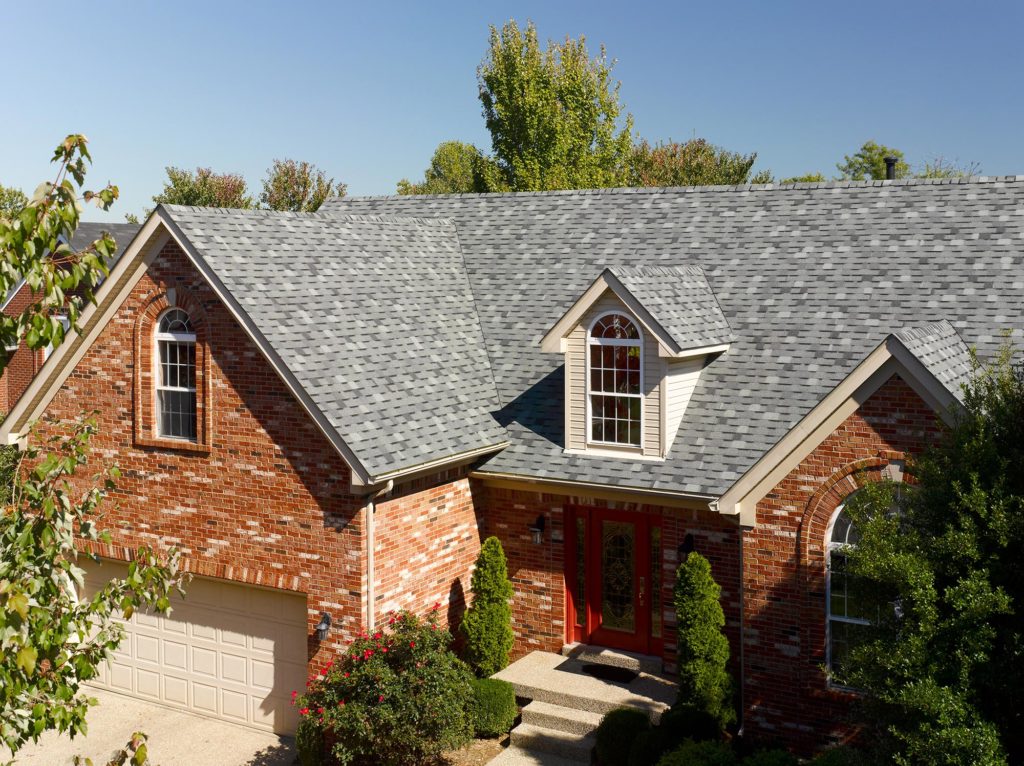Attic ventilation is an essential part of every roofing system, impacting its lifespan and functionality. Ventilation is vital to maintain the proper flow of air in and out of the roof and the attic to avoid various unwanted problems like structural damages due to trapped moisture or heat. A right roofing system and a properly ventilated attic keep the space cool in summers and warm and dry during the colder months.
Balanced attic ventilation is when the number of intake vents in the roof soffits, or near fascia, or eves is equal to or more than the exhaust vents at or near the roof ridge. While intake vents allow entry of fresh and cool outside air into the attic, exhaust vents facilitate the flow of hot and moist air from the attic to the outside.

Too many exhaust vents will hamper the proper system functioning, causing poor airflow, an uncomfortable indoor environment, and energy loss. Exhaust vents should never exceed the number of intake vents. An experienced roofing contractor can install the intake and exhaust vents in the correct number and ratio, depending on the roofing style and local climate. Several options are available in each vent type, but installing them at the appropriate places and in the right combination is the key.
Here are a few reasons why having balanced attic ventilation is vital:
Prevent moisture build-up
A well-balanced attic ventilation system prevents the air from becoming static in the attic. In winters, hot and humid air, trapped inside the attic and under the roof, leads to moisture build-up and causes problems like structural damage to the home, reduced insulation efficiency, mold and mildew growth, rot, and termites.
Prevent ice dams
Improper ventilation during the colder months leads to ice dam formation. It occurs when the heat loss from the attic causes the snow and ice accumulated at the top of the roof to melt. The water from the melted snow moves down the roofline to refreeze along the roof’s edges. Ice dams cause the water to back up on the rooftop, allowing it to infiltrate the shingles and decking and enter the home’s interior through walls and ceilings. Balanced attic ventilation slows down the snow melting and alleviates the risk of ice dam formation.
Lower energy bills
The sun shines bright during the summers, and lack of fresh air flow causes the attic space to heat up drastically and collect moisture that can damage the paint, shingles, wallpaper siding, and wood framing. When the home has adequate ventilation, intake vents release the hot air outside and prevents moisture damage.
The excess heat trapped inside the attic makes its way into the living space, causing the indoor temperature to rise and reducing the comfort level. The air conditioner works harder to combat the added heat and maintain a comfortable environment, leading to increased energy usage and high utility bills. Proper ventilation allows a natural flow of fresh air to keep the attic cool and maintain steady indoor temperatures. It lowers the load on the air conditioner and fans and saves money on energy bills and the repair and maintenance of heating and cooling systems.
Extend roof life
A heated attic due to poor air circulation is detrimental to shingle life. The attic heat transfers to the roof and causes the shingles to overheat and eventually loosen up or break down. It deteriorates the roofing system, leading to faster wearing out of the shingles and decreasing their lifespan. Proper roof venting protects the shingles from damage due to overheating and ensures they last longer.
Validate roof warranties
Several roof manufacturers require proper attic ventilation to validate the warranty. They do not cover any damage that the roofing system suffers due to poor attic ventilation. As we see, balanced attic ventilation keeps the roof and home safe, secure, comfortable, and in the best shape. Hire a reliable roofing contractor to install the best attic ventilation system for your needs.
